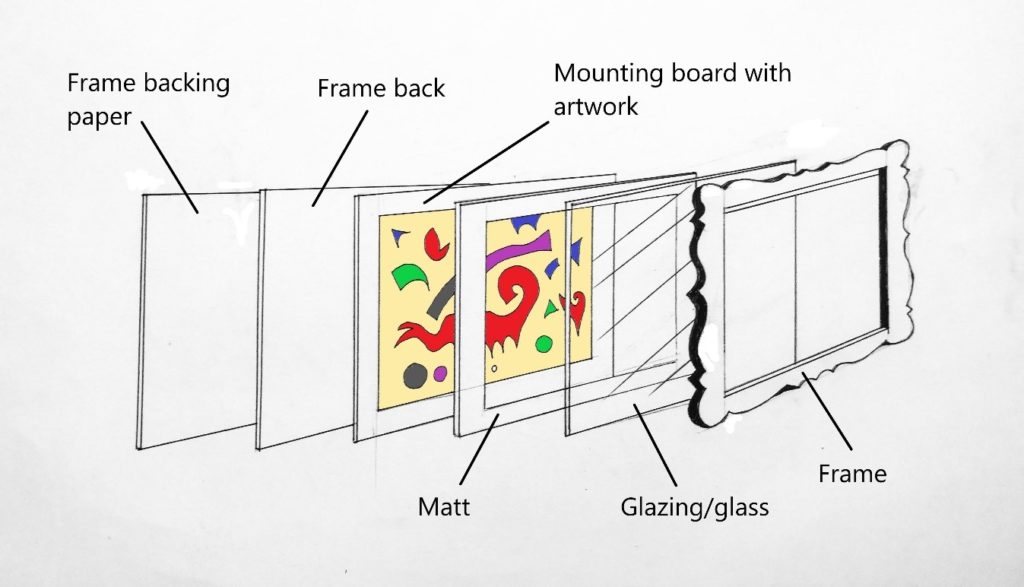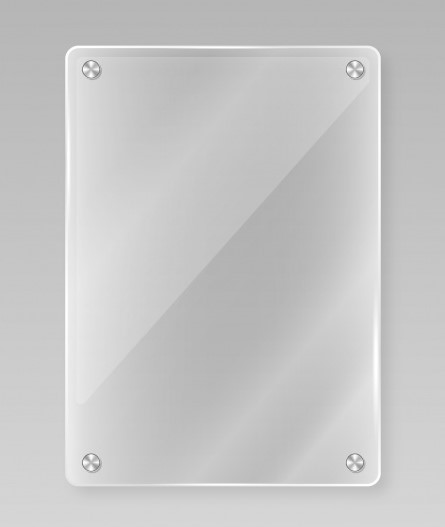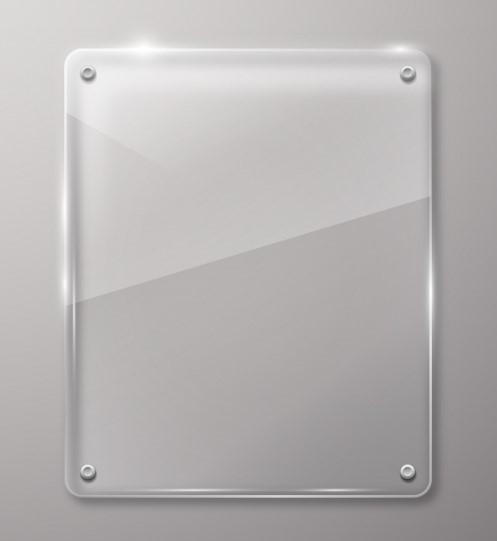Tips on How to Frame an Artwork

Some people say, a frame is 50% to a whole artwork. While that may be inaccurate in different situations, one cannot deny that a frame definitely influences the look of the final outcome. There are cases where a very small piece of painting on an A6 sized paper leaves an impactful impression because of an epic well-engraved frame is seen to be completing its overall potential.
Here are some steps that we’d like to share if you’re looking forward to protecting your pieces of narrative.

If you plan to frame something that is highly valuable, we’d suggest that you go to a professional framer. But if you don’t mind the risks and you would like to give it try for yourself, there are some tips that you need to know beforehand.
Tip 1
Even if it might be a bit costly, you should try and get framing materials that are museum-standard. These materials include all of those in the picture above, except for what is not included, acid-free adhesives. If the materials are at a high quality, then you won’t have to worry too much about your artwork’s preservation as artworks at museums have lasted for centuries.
Tip 2
Acid-free adhesives or an acid-free masking tape is highly recommended when you attach your artwork to the mat board. Try not use glue or a spray mount as these materials will give problems if you were to re-open the frame in the future. Acid free adhesives will prevent your artwork from sticking too hard onto the mat board and you can take your artwork out smoothly without damaging it.
Tip 3
Other than giving a pleasing touch to the overall look, a mat board is an important layer that protects your artwork and the glass from touching each other. This is indeed important as water vapour might occur inside the frame itself due to various possible conditions of a room. The little gap in between your artwork and the glass will prevent this condensation from damaging your artwork’s surface.
Acrylic Glazing OR Glass?
Both acrylic glazing and glass have advantages and disadvantages.
For acrylic glazing, it is indeed very much lighter compared to a glass panel but it is prone to have static electricity which can cause particles on the surface of your artwork. If the work you’d like to frame is in charcoal or pastel, we’d suggest that you use only glass to prevent the static from happening and affecting the look of your piece.
But for whichever material that you plan to go with, never put your framed artwork directly under sunlight as strong UV rays can penetrate through easily and that would rule out all other safety precautions.
Last but not least, is the frame back and the frame backing paper. These layers will be the back gate keepers from letting the dust and other pollutants to enter over time. Make sure to cover every corner securely and apply it on nice and tight.
Looking for custom art services? (Wall art, Corporate Product Launching, Paintings, etc.) Contact us https://artandbonding.com/contact/











